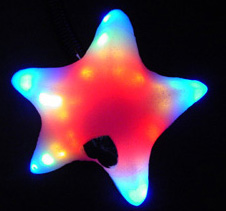The status of biofeedback for treating migraine
 A recent review of published studies concludes that practicing biofeedback is associated with a reduction in the frequency of migraine attacks. And better results are achieved when biofeedback is combined with home sessions.
A recent review of published studies concludes that practicing biofeedback is associated with a reduction in the frequency of migraine attacks. And better results are achieved when biofeedback is combined with home sessions.
OK, but let’s get specific.
For me, the frustrating thing about biofeedback is the lack of specific information about its benefits. Here are a series of conclusions about biofeedback and migraine published in an article more than 25 years ago. Yes, it’s old. If you can update it, please use the comments section below.
- Biofeedback, no matter what type, offers modest treatment value for migraine headaches.
- The primary change is an approximate 20% to 25% reduction in headaches per week.
- There is no relationship between physiological change and successful headache outcome.
- Patients with migraine cannot — to a significant degree — modify their physiology with biofeedback.
- The biofeedback effect is nonspecific. The most viable explanations are a relaxation effect or a sense of mastery and control.
In a 2006 review of treatment options for migraine posted on the National Migraine Association Website, biofeedback is not included.
Finally, Dr. Seymour Diamond, executive director of the National Headache Foundation and a headache specialist in Chicago says, “someone who suffers more than 4 headaches a month might want to look into this form of treatment, which is approved by the American Medical Association for the treatment of headaches.”
11/7/06 20:24 JR